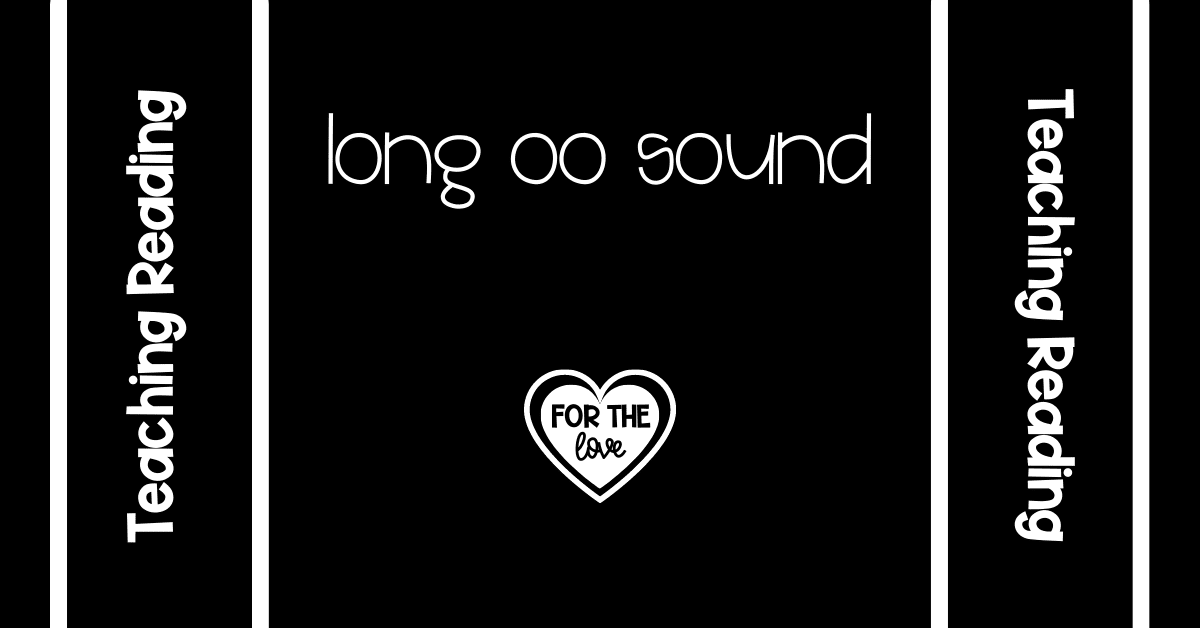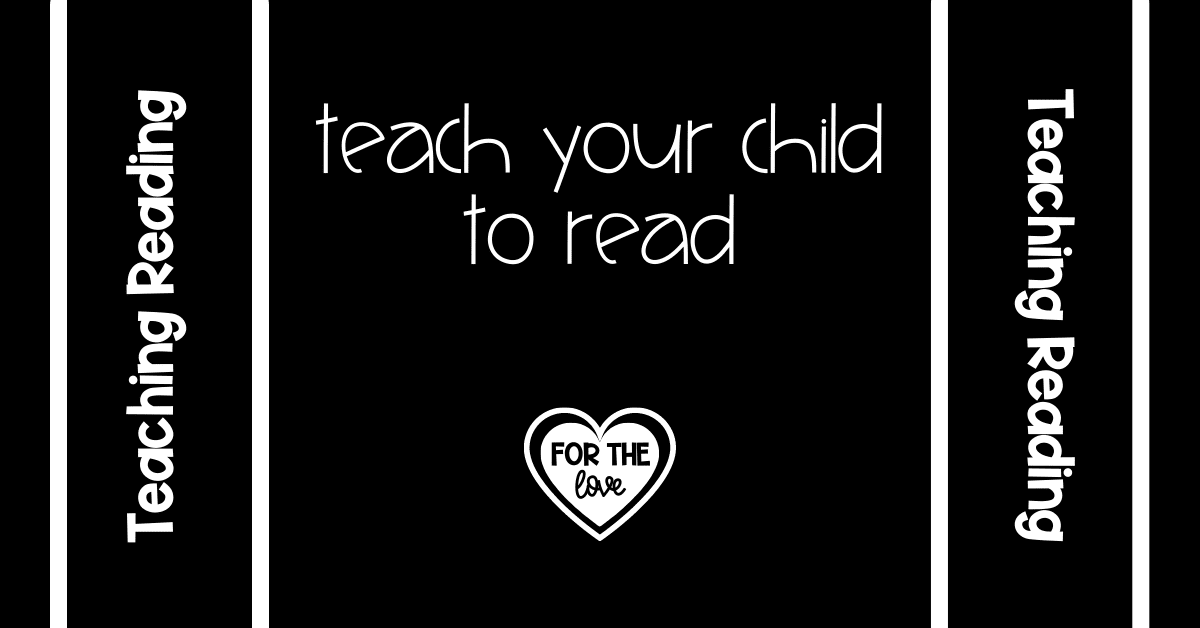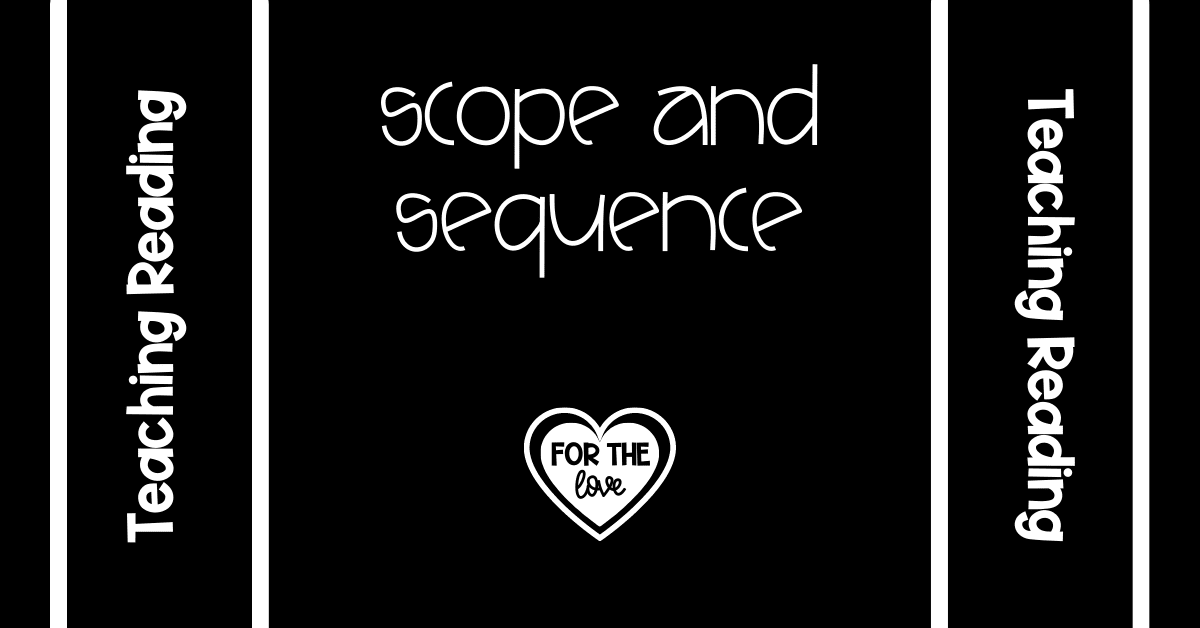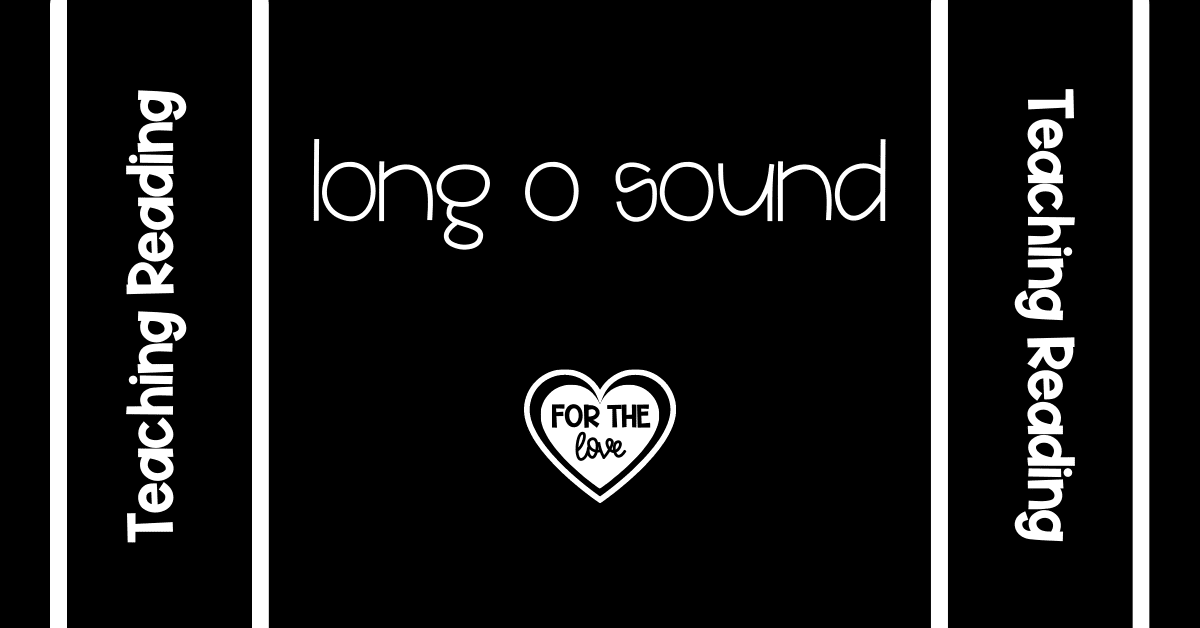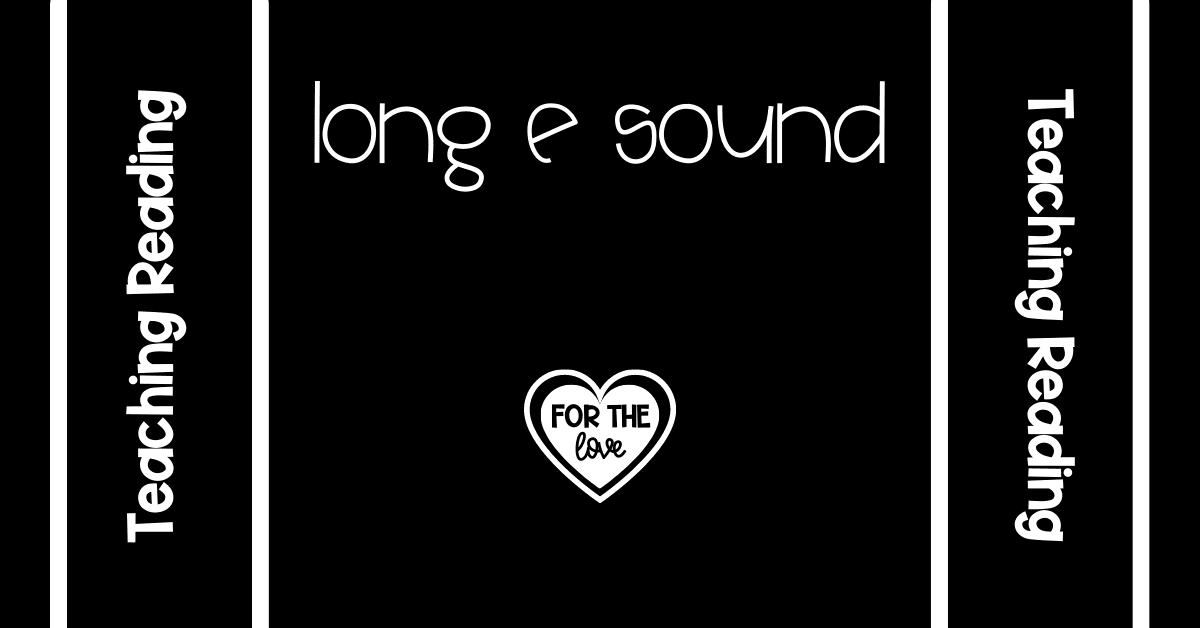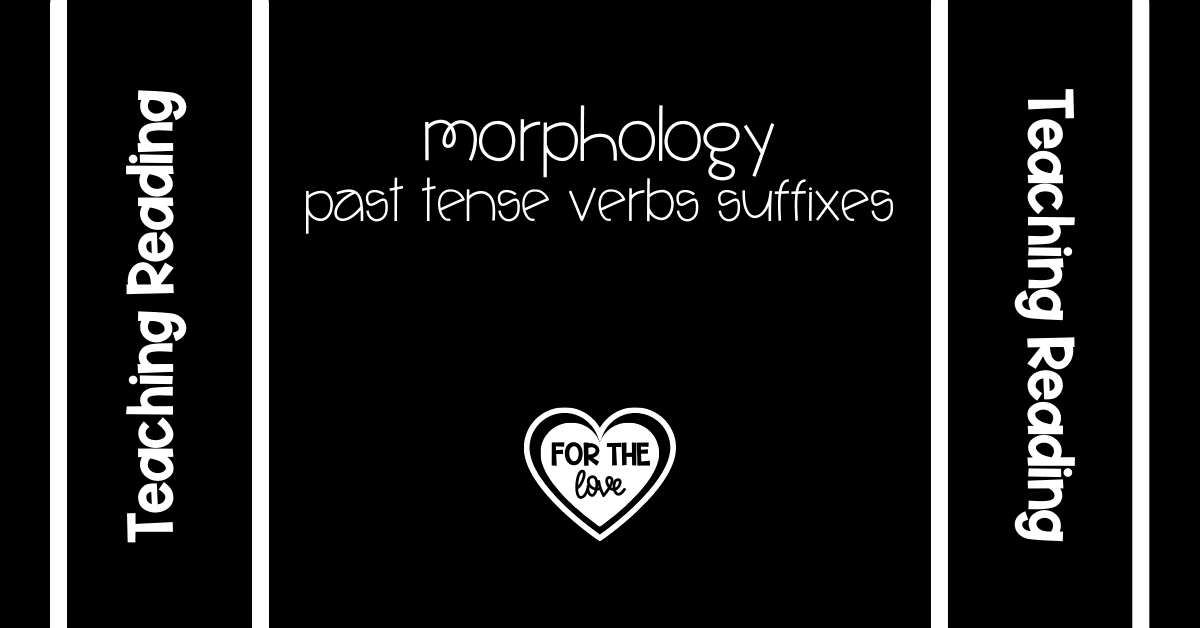When I started teaching, I said I never wanted to teach kids how to read; how we learn to read never made sense to me because I don’t remember doing it. Teaching reading was so amorphous during my classes that I didn’t understand it then either. I didn’t want the immense responsibility of teaching children to read, especially when I didn’t know how to do it.
Then, I quit teaching. Six years passed, and I was ready to come back. Unfortunately, I didn’t get any middle school jobs for which I applied. However, I got a call from an elementary principal asking if I would teach second grade. I laughed out loud. Had she even seen my resume?
Well, here I am in second grade, teaching kids how to read. Luckily, our district taught the Texas Reading Academy in person last year, and I could dive deep. Finally, someone was explaining how we learn how to read! It isn’t magic. It is all about systematic and explicit lessons and lots of opportunities for practice.
When I say I dove in deep, I mean it. I would have dreams about word lists. I read every book that is recommended. I am always on Facebook, looking at what other teachers share in their science of reading journeys.
My biggest takeaway from all my learning in and outside the classroom is that when we explain the phonics rules to students and give them time to practice, they learn them. Of course, some kids might need more practice than others, but they can learn it. (I am limiting my comments here to general education students. I believe all students can learn to read, but I don’t have the experience or expertise to comment beyond general education.)
I love creating lists to stay organized as I teach my students about sounds. It is so helpful to have a place to refer to when a question arises. It also helps me organize my own thinking. Plus, while English does have rules and patterns that make almost every word decodable, there are so many ways to make each sound that I can’t keep them all in my head. So that is why I keep them on paper.
I started by creating sound cards for the sounds we use in our phonics scope and sequence at school. I use these in my small group phonics lessons. First, we review some sounds we already know. Then, I introduce a new sound using the card, and we build new words using the pattern.
Use these sound cards to introduce new sounds to your students. The pictures help show which sound the letter or letters are making. For example, a cat for the /k/ sound and cereal for the /s/ sound.
I wanted to make sound cards for every possible grapheme students would see, but it got overwhelming because there are so many graphemes. So, instead of making sound cards, I created a list that had example words for each grapheme. Some sounds have only two graphemes, but others have up to twelve! Granted, some are very rare, but if a student comes across one of these rare words, I love showing them that it isn’t an exception to the rule. It is a rare part of the rule.
Notice there are eight ways to make the /sh/ sound. No wonder learning to read and spell is so challenging!
Here is the great news for you. I have been using this resource in my classroom with great results, but I need more eyes on it before it is ready to sell. For a limited time, you can download the file and use it in your classroom totally for free. If you find a mistake or discover something that could be better, email me to tell me about it, and I will make sure you get access to the updated file, even when I list it for sale. You can email me anytime at cate@forthelove.com.
At some point, I will be taking this link down, so grab the file today and share your thoughts via email!
As I said, I use these sound cards as a part of my small group phonics lessons. You can also get those for FREE for a limited time. Click here to read more about my routine and lessons!






















